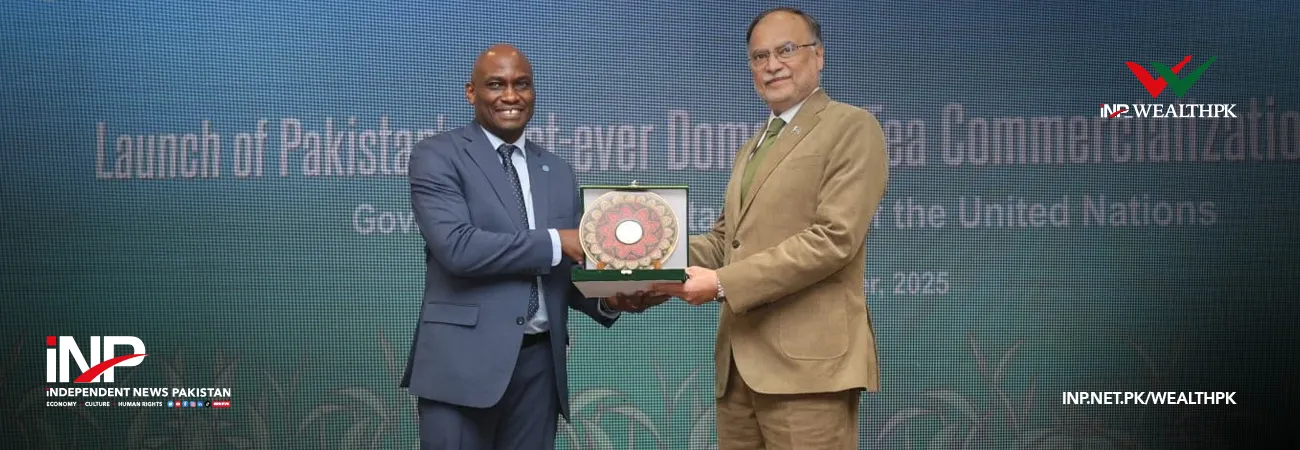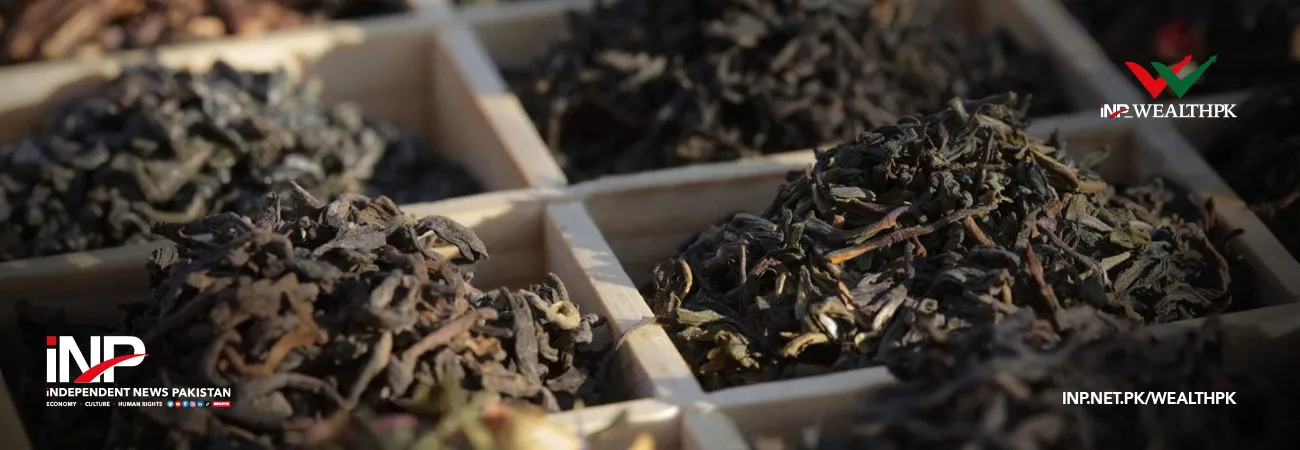آئی این پی ویلتھ پی کے
Moaaz Manzoor
As exports and FDI remain weak, remittances have taken on a more prominent role in Pakistan’s economic planning. However, experts cautioned that without boosting domestic productivity and industrial revival, this reliance might offer only short-term relief rather than long-term stability, report WealthPK.

Pakistan continues to grapple with dwindling exports and low foreign direct investment (FDI), which have meaningfully failed to enhance economic productivity. The State Bank of Pakistan’s latest half-yearly report on the economy for FY2024-25 paints a sobering picture of persistent structural inefficiencies. While the global economy demands adaptability and integration, Pakistan remains relatively detached from the global value chains (GVCs), contributing to weak competitiveness and limited export capacity.
Meanwhile, Pakistan’s productivity challenges are striking. Labour productivity, measured as GDP per worker, continues to underperform against regional peers. In this bleak landscape, remittances have emerged as the lone stabilizing pillar. As FDI and export volumes continue to underwhelm, remittance inflows, though external and often volatile, are increasingly being leaned on to finance the current account and stabilize foreign exchange reserves.
Syed Zafar Abbas, Manager at Zahid Latif Khan Securities, told WealthPK, “In times of rising uncertainty, inconsistent policies become the silent enemy of growth, eroding investor confidence and undermining economic potential.” He stressed that while remittances offer a buffer, Pakistan cannot afford to sideline export revival and FDI attraction. “Strong remittance inflows must be paired with a long-term, investor-friendly export strategy.
Policy consistency is key; without it, short-term inflows cannot translate into long-term prosperity,” he added. Over-reliance on remittances presents a strategic vulnerability. Dr. Muhammad Zeshan, Head of Trade, Industry, and Productivity at the Pakistan Institute of Development Economics (PIDE), pointed out that remittances are inherently exogenous and unpredictable. “They provide a fiscal breathing room but cannot replace the internally-driven economic engines.
The real question is that are we preparing for the uncertainty of next year when remittances may not rise as expected,” he said. According to Dr. Zeshan, the solution lies in reinvigorating Pakistan’s large-scale manufacturing (LSM), which has seen negative growth for two straight quarters. “Agriculture and services alone cannot deliver an inclusive growth. Without industrial revitalization, economic recovery will remain fragile and uneven,” he warned, urging institutional reforms and consistent policies to enable LSM to drive sustainable growth.
While remittances continue to prop up Pakistan’s economy amid sluggish exports and weak FDI, experts agree they are no substitute for more profound structural transformation. The economy's resilience must be built on internally controlled levers such as industrial productivity, institutional reform, and consistent policy frameworks.
Credit: INP-WealthPk












